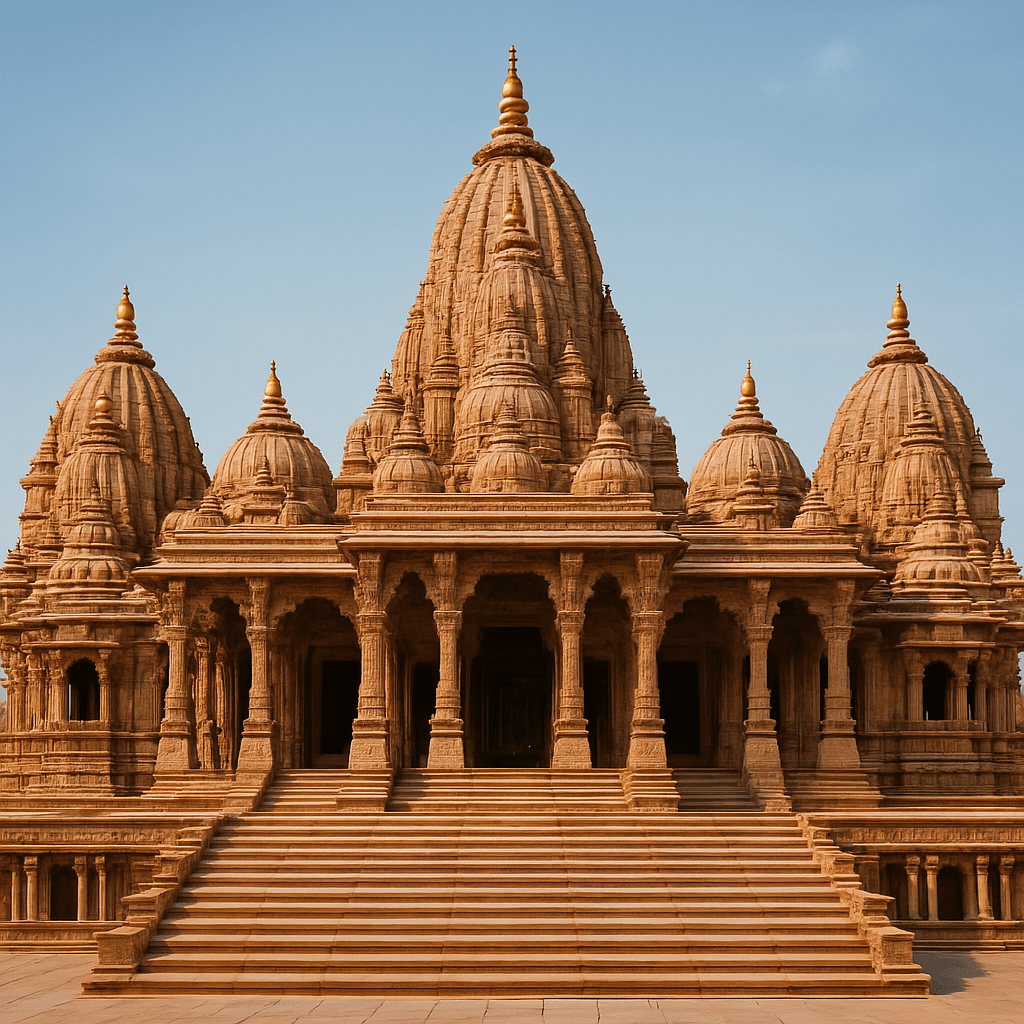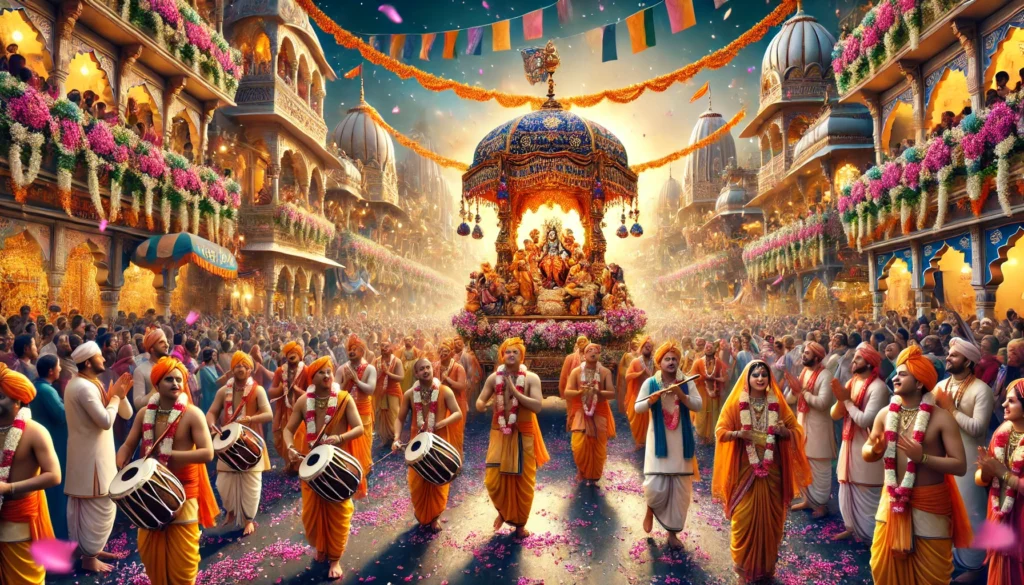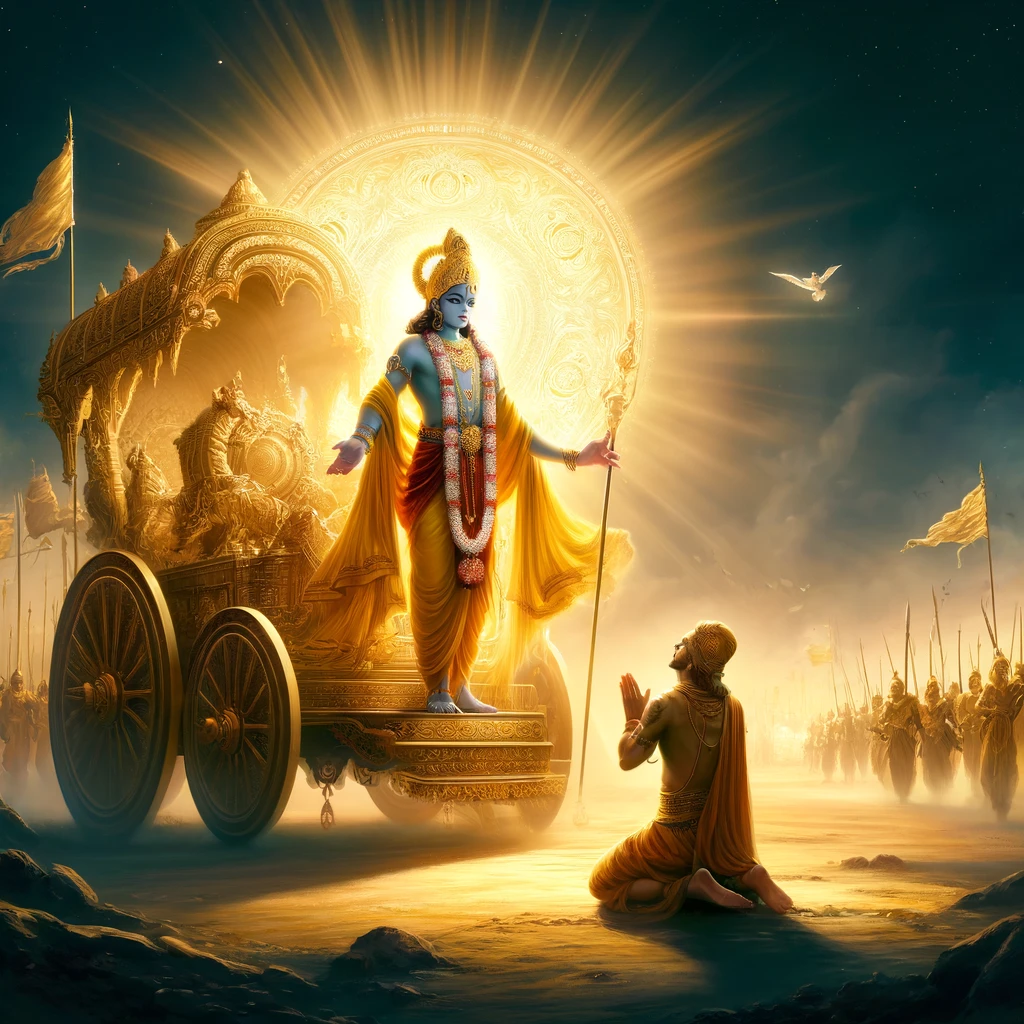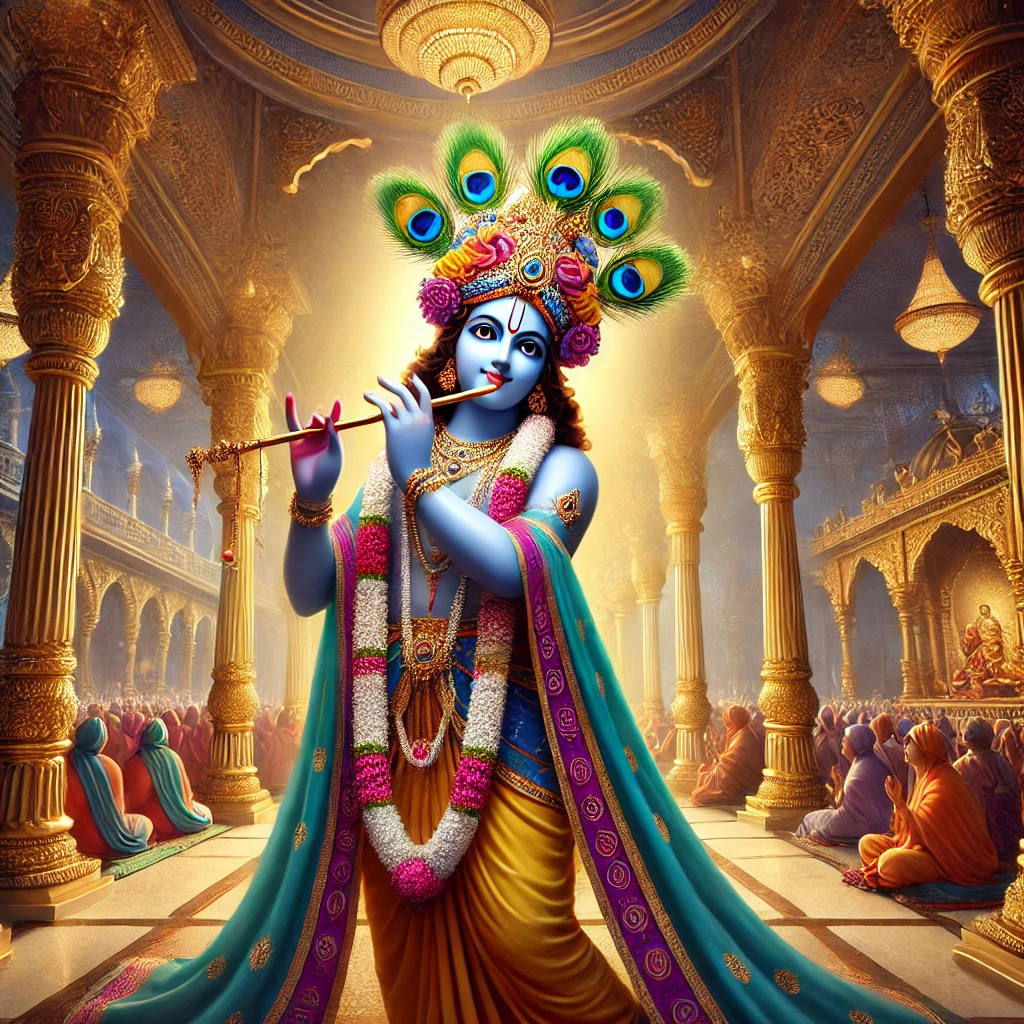Relevance of ‘Ram Navami’ and How to Celebrate it at Home?
What is Ram Navami?
Ram Navami is a cherished Hindu festival celebrating the birth of Lord Rama, the seventh avatar of Lord Vishnu. It is observed on the ninth day (Navami) of the Chaitra month, typically in March or April. Lord Rama, born to King Dasharatha and Queen Kaushalya in Ayodhya after the sacred Putrakameshti Yagna ritual, is revered as Maryada Purushottama (the perfect man), embodying righteousness, compassion, and devotion.
Why is Ram Navami significant?
Ram Navami commemorates Lord Rama’s divine birth and his exemplary life as an ideal son, husband, brother, and king. His defeat of the demon king Ravana, as narrated in the Ramayana, symbolizes the triumph of good over evil. The festival inspires devotees to embrace Rama’s virtues—honesty, justice, and compassion—and offers a chance to connect spiritually with the divine, purify the mind and body, and strengthen family and community bonds.

What materials do I need for the celebration?
You’ll need:
- Idols or pictures of Lord Rama, Sita, Lakshmana, and Hanuman.
- A clean cloth for the altar.
- Puja items: diya, oil, wicks, incense sticks, camphor, a small bell.
- Offerings: flowers, fruits (e.g., bananas, mangoes), sweets (e.g., ladoo, kheer).
- Water in a kalash with a coconut or mango leaves on top.
- A copy of the Ramayana or prayer books.
When should I start preparing?
Start 1–2 days in advance with cleaning and gathering materials. On Ram Navami day, begin early in the morning to set up the puja area and perform rituals.
How should I prepare my home for Ram Navami?
Preparing your home sets the stage for a devotional celebration:
- Cleanliness: Thoroughly clean your home to remove negativity and create a pure environment.
- Decorations: Adorn the entrance with Rangolis (colorful floor designs), mango leaves, marigold garlands, and torans (doorway hangings). Add banana leaves and tulsi (holy basil) for traditional significance.
- Sacred Space: Set up a puja area with deities or pictures of Lord Rama, Sita, Lakshmana, and Hanuman on a platform. Arrange offerings like fruits, flowers, sweets (e.g., peda, laddoo, kheer), and incense nearby. Gather puja materials: a thali (plate), diya (oil lamp), Ganga jal (holy water), roli (red powder), kalash (holy pot), conch shell, and bell.
What is the step-by-step process for celebrating Ram Navami at home?
- Wake Up Early: Take a bath and wear clean, preferably traditional clothes.
- Set Up the Puja Area: Place idols/pictures on the altar, decorate with flowers, and arrange puja items.
- Fasting (Optional): If observing, start your fast at sunrise. You can opt for a full fast (no food) or a partial fast (fruits, milk).
- Invoke Lord Rama: Light the diya and incense sticks, ring the bell, and chant “Jai Shri Ram” to begin.
- Offerings: Present flowers, fruits, and sweets to the deity.
- Prayers and Recitation: Recite mantras (e.g., Ram Raksha Stotra) or read the Ramayana, focusing on Lord Rama’s birth story.
- Aarti: Perform the aarti by waving the lighted diya while singing Aarti
- Prasad Distribution: Share the offerings with family and neighbors.
- Break the Fast: If fasting, end it after sunset with a simple vegetarian meal.
What is the best time to perform the puja?
The most auspicious time is during Madhyahna (midday), around noon, as Lord Rama is believed to have been born then. Check a Hindu panchang (calendar) for the exact timing. However, you can perform the puja at any convenient time during the day.
Why is fasting important on Ram Navami?
Fasting is a way to purify the body and mind, showing devotion and discipline. It’s believed to bring you closer to Lord Rama spiritually. However, it’s optional and can be adjusted based on your health.
What if I can’t fast due to health reasons?
You don’t have to fast. You can still participate by performing the puja, chanting, and eating a sattvic (pure) vegetarian diet.
What prayers or mantras should I recite?
- Hare Krishna Maha Mantra (Hare Krishna Hare Krishna Krishna Krishna Hare Hare
- Hare Rama Hare Rama Rama Rama Hare Hare)
- Ram Raksha Stotra: A protective hymn.: Link
- Ram Stuti: Praises Lord Rama’s qualities.Link
- Hanuman Chalisa: Honors Hanuman, Rama’s devotee: Link
Is fasting required on Ram Navami, and how should it be done?
Fasting is optional but widely practiced:
- Types: Choose a full fast (no food or water) or a partial fast (fruits, milk, or sattvic foods like sabudana khichdi, curd, or dry fruits), based on your capacity.
- Duration: Options include midnight to noon, midnight to midnight, or one meal a day.
- Hydration: Drink water, buttermilk, coconut water, or fruit juices if permitted.
- Breaking the Fast: After the puja, break the fast with a simple prasadam
- What foods should I prepare for Ram Navami?
Focus on sattvic (pure) foods:
- Fasting Foods: Sabudana khichdi, singhara ki poori, kuttu ki poori, panakam (jaggery drink), kosambari (lentil salad), neer mor (buttermilk).
- Sweets (Prasadam): Peda, laddoo, seviyan kheer, panjiri, halwa, puran poli, coconut laddoo.
- Regional Variations: In South India, try bellada hannina panaka (jaggery juice) or mung dal-carrot salad; in Tamil Nadu, make vada paruppu (spiced lentil fritters). Prepare lentils, vegetables, fruits, and dairy products for a sattvic meal.
How can I involve my family or community during Ram Navami?
Engage loved ones and neighbors meaningfully:
- At Home: Sing bhajans and kirtans praising Lord Rama and share prasadam with neighbors to build community spirit.
- Virtual Options: Join online discourses, virtual satsangs, or live-streamed rituals if temple visits aren’t possible.
- Charity: Reflect Rama’s generosity by donating food, volunteering, or organizing a bhandara (food drive) for the needy.
What are the dos and don’ts for observing Ram Navami?
Follow these guidelines for a respectful celebration:
- Dos:
- Keep your home and puja space clean and pure.
- Engage in prayers, chanting, and rituals with devotion.
- Wear modest, clean, festive attire.
- Practice charity and selfless service (e.g., feeding the needy).
- Eat sattvic, vegetarian foods.
- Reflect on Rama’s virtues—righteousness, compassion, duty.
- Don’ts:
- Avoid tamasic foods (meat, fish, eggs, alcohol, onions, garlic).
- Refrain from anger, harsh words, or negative thoughts.
- Don’t act dishonestly or unethically, honoring Rama’s truthfulness.
- Don’t neglect family duties; balance devotion with harmony.
What if I don’t know all the rituals?
Don’t worry! Start with basics: light a diya, offer a flower, and chant “Jai Shri Ram.” Devotion matters more than perfection. You can learn more over time.
Can I celebrate if I’m not Hindu?
Yes! Ram Navami is about universal values like righteousness and compassion. Participate by praying, learning, or joining public events.
What if I don’t have idols or pictures?
Use a printed image, draw one, or simply visualize Lord Rama in your mind. The intention is what counts.




